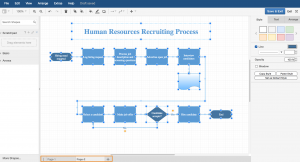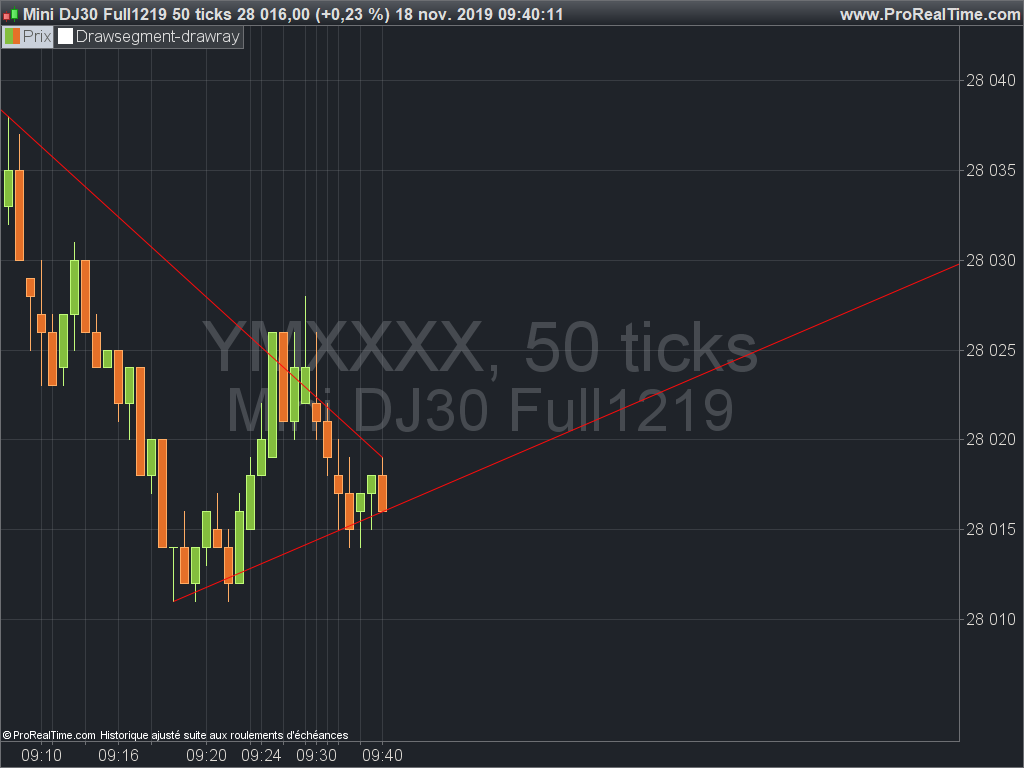
The ROI sizes included 1 cm 2, 4 cm 2, and the largest area that fit inside each placement designation while avoiding large vessels, bile ducts, and obvious image artifacts. īecause the primary purpose of this study was to evaluate the reproducibility and repeatability of different ROI size, location, and number combinations for the acquisition of PDFF and R2* measurements in the liver, our analysis used different sizes, locations, and numbers of circular ROIs that have been reported in recent studies. This algorithm also included spectral modeling of fat and noise bias correction for PDFF estimation. Complex fitting was used to maximize signal-to-noise ratio and avoid noise floor effects in the estimation of high R2* values.

įor subjects in cohort B, reconstruction of PDFF and R2* maps used a complex-fitting nonlinear least-squares reconstruction algorithm. įor subjects in cohort A, reconstruction of the PDFF and R2* maps was performed with an algorithm that provided simultaneous estimates of PDFF and R2*, incorporated spectral modeling of fat, and corrected for noise-related bias and undesired phase shifts (e.g., due to eddy currents and other sources) using a hybrid magnitude-complex fitting approach. All image acquisitions were obtained with a low flip angle (5°) to minimize T1-related bias.

Imaging parameters included: TR range/TE 1 range, 13.5–13.7/1.2–1.3 ΔTE, 2.0 ms number of signals averaged, 6 FOV, 35 × 35–44 × 44 cm slice thickness, 8–10 mm number of slices, 24–32 receiver bandwidth, ± 83 to ± 125 kHz. Additionally, all imaging was done using an investigational version of a CSE MRI water-fat separation method. The secondary purpose of this study was to establish practical and standardized guidelines for ROI-based liver PDFF and R2* measurements that provide a compromise between measurement performance, as measured by reproducibility and repeatability, and time burden for the image analyst.Īll imaging was performed at 1.5 T (Signa HDxt and Optima MR 450w, GE Healthcare) using an 8- or 12-channel phased-array cardiac or torso coil. Therefore, the primary purpose of this study was to evaluate the reproducibility (interreviewer agreement) and repeatability (intrareviewer agreement) of different ROI size, location, and number combinations for the acquisition of liver PDFF and R2* measurements. For this reason, the ROI placement approach for analysis of quantitative PDFF and R2* maps needs to be standardized. This lack of standardization introduces an additional element of variability across sites and studies, impacting the widespread dissemination of these techniques as reproducible and repeatable quantitative imaging biomarkers. As a result, recent studies conducted at different sites have used a wide range of ROI sizes (from 0.785 cm 2 to the whole liver), locations (left and right lobes anterior, posterior, and lateral segments Couinaud segments whole liver), and number (one to nine ROIs) for measurements of liver PDFF and R2*.

Despite the growing clinical and research interest in these techniques, a standardized approach for ROI-based measurements has not been established. The typical workflow for these techniques includes acquisition of CSE MRI data (typically a single 20-s breath-hold with whole-liver 3D acquisitions), reconstruction of PDFF and R2* maps from the CSE MRI data, and placement of ROIs on the PDFF and R2* maps to obtain quantitative estimates of the fat and iron content in the liver, respectively. R2*-based liver iron quantification enables the noninvasive assessment of diseases that result in liver iron overload, including hereditary hemochromatosis, and blood transfusion–dependent conditions such as thalassemia, sickle cell disease, and bone marrow failure. Further, these techniques allow the simultaneous estimation of fat- and noise-corrected liver iron content using R2* (1 / T2*) quantification from the same acquired CSE MRI data. PDFF-based liver fat quantification enables the noninvasive assessment of hepatic steatosis, the hallmark histologic feature of nonalcoholic fatty liver disease, which is estimated to affect 20–30% of the Western population. Emerging measurements of proton density fat fraction (PDFF) in the liver based on chemical shift–encoded (CSE) MRI have shown great promise as quantitative imaging biomarkers for noninvasive detection, quantitative grading, and treatment monitoring of hepatic steatosis.


 0 kommentar(er)
0 kommentar(er)
